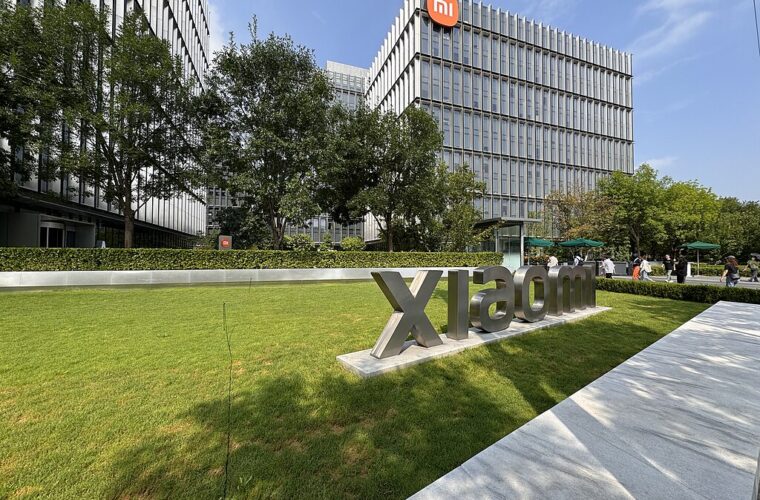Xiaomi electric car: In an edition of the Mobile World Congress characterised by the scarcity of new products unveiled by the major brands, Xiaomi showed substance with the usual long list of new products. While the wow effect at the world’s leading mobile phone trade fair was achieved by Lenovo and Motorola, respectively, with the first notebook with a transparent screen and the rollable smartphone that fits on your wrist, the Beijing-based company took the wraps off the Xiaomi 14 Series, a tablet and three wearables. So many new devices enrich the offerings of the third largest smartphone manufacturer, which, as William Lu, President of Xiaomi Corporations, pointed out, has held the podium in the special ranking for 14 consecutive quarters. On the other hand, the other products update the smartwatch and smartband offerings, adding new pieces to the puzzle of an ecosystem that counts 699 million connected devices.
Xiaomi 14 Ultra, a phone for demanding photographers
After rapidly climbing the sales charts and establishing itself as a leader among many Chinese brands, Xiaomi‘s vocation for some years has been to prove that it can compete in the premium segment of the smartphone market. The proof of strength came last year with the Xiaomi 13 Ultra, which, with completeness and quality due to its partnership with Leica, materials and shooting possibilities, proved to be the best camera phone on the market. Aside from sales, which in that bracket always reward the iPhone and in second place Samsung’s Galaxy S Ultra, the company founded by Lei Jun has repeated the operation and produced a smartphone dedicated to photography that will delight filmmakers, photographers and creatives.
A glimpse of the Xiaomi 14 Ultra‘s photographic and shooting capabilities was shown during the presentation on the eve of the Barcelona trade fair, with scenes from ‘Roma Noir:Triple Jeopardy,’ a short film directed by Adam Bernstein, director of Breaking Bad and with an Academy Award in his trophy cabinet, shot with the new phone. True to the strategy initiated a year ago, Xiaomi has created a smartphone for the needs of experienced photographers.
One example is shooting in RAW with each of the four cameras equipped with 50-megapixel Leica Summilux lenses, focal lengths from 12 mm to 120 mm, or the 150-shot burst capability. The phone performs even better with video, as it records with all cameras in 8K at 30 fps and 4K and 60 fps, with the main camera going up to 120 fps. The aluminium body is preferred over titanium for strength, and the 220-gram weight is two other elements that add solidity and lightness, while the 6.7-inch display boasts a peak brightness of 3000 nits. Available in white or black, the Xiaomi 14 Ultra will arrive in a 16GB + 512GB version, priced at €1499.90.
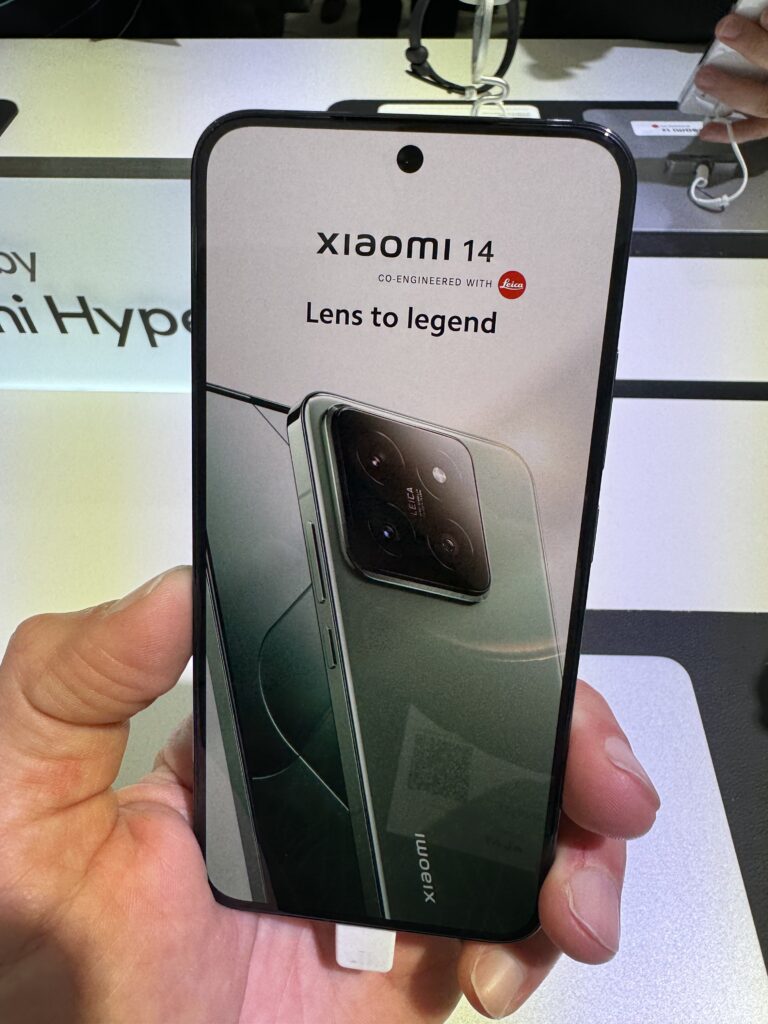
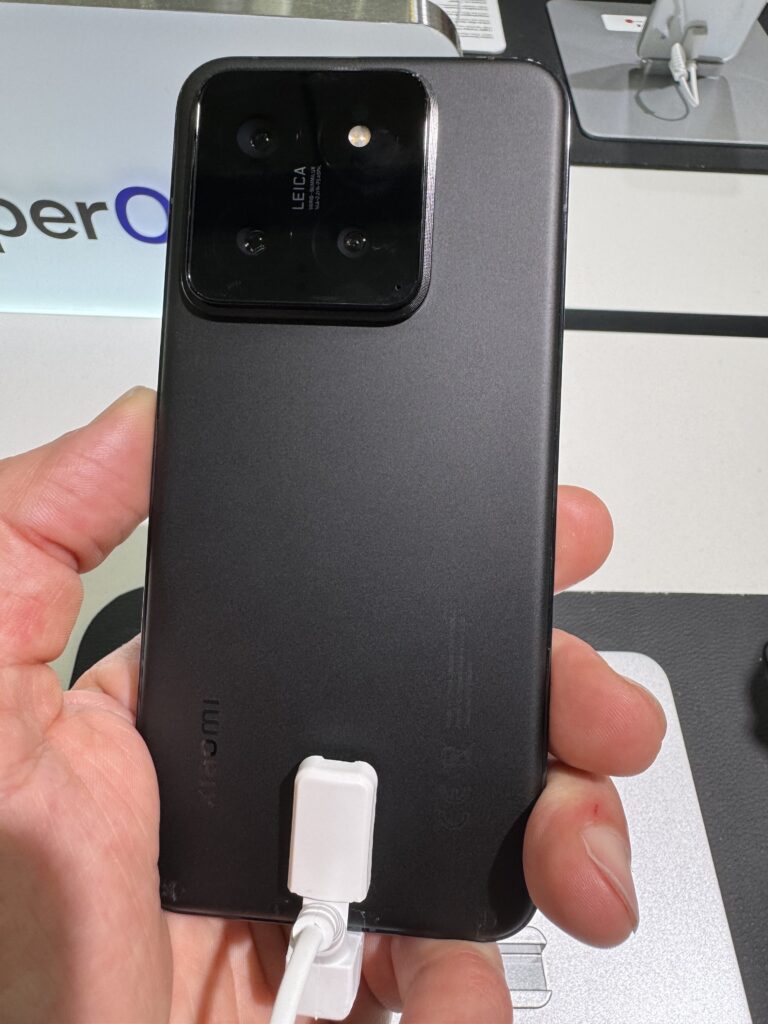
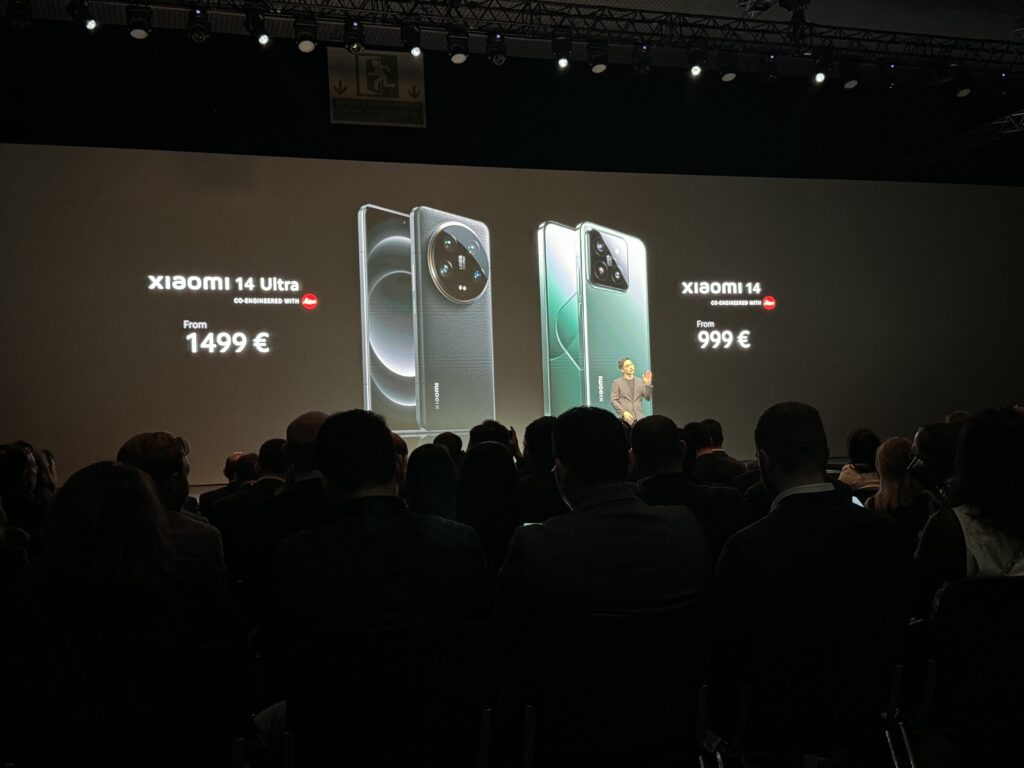
Xiaomi 14, the smartphone that breaks with the past
With the Pro model not arriving in Europe and the Ultra acting as a niche phone, the Xiaomi 14, a compact top-of-the-range device compared to its competitors’ flagship versions, takes on even more importance this time around due to its choice of a 6.4-inch display coupled with Qualcomm’s Snapdragon 8 Gen 3. Two substantial novelties sum up the importance of the Xiaomi 14 for the company: the new HyperOS operating system and the update and support policy. In the first case, Xiaomi loosens the umbilical cord with Google and Android to rely on a platform developed in-house after seven years of work.
Fluidity, responsiveness and goodbye to MIUI interface bugs are the advantages guaranteed by HyperOS. At the same time, with four years of updates for the operating system and five years for security patches, the company evens out the time window of support provided by other competitors in the high-end market segment. We will come back to design and performance later when we review the smartphone, which is available in Black, White, and Jade Green 5 and two variants of 12GB+256GB and 12GB+512GB, selling for €999.90 and €1099.90.
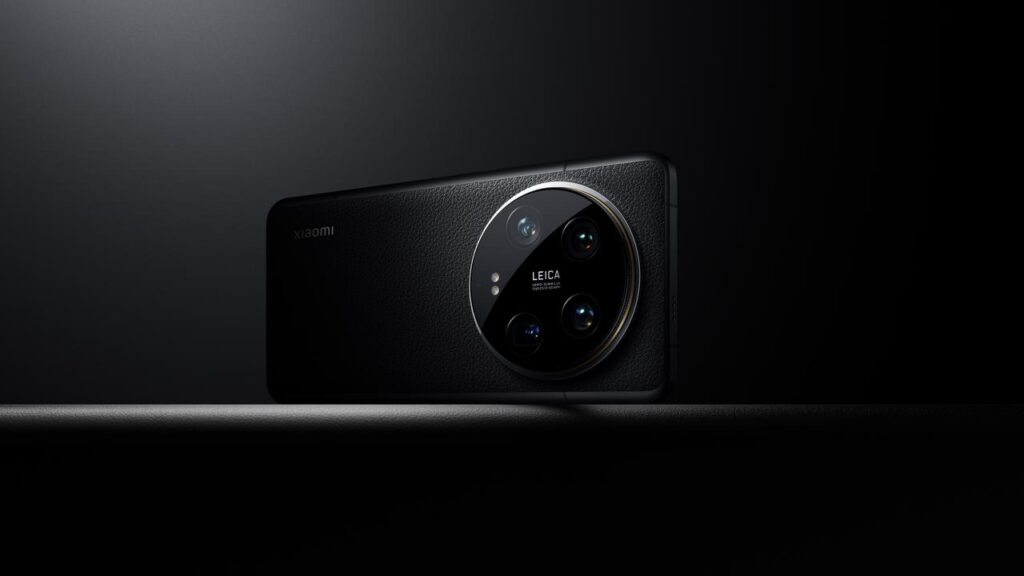
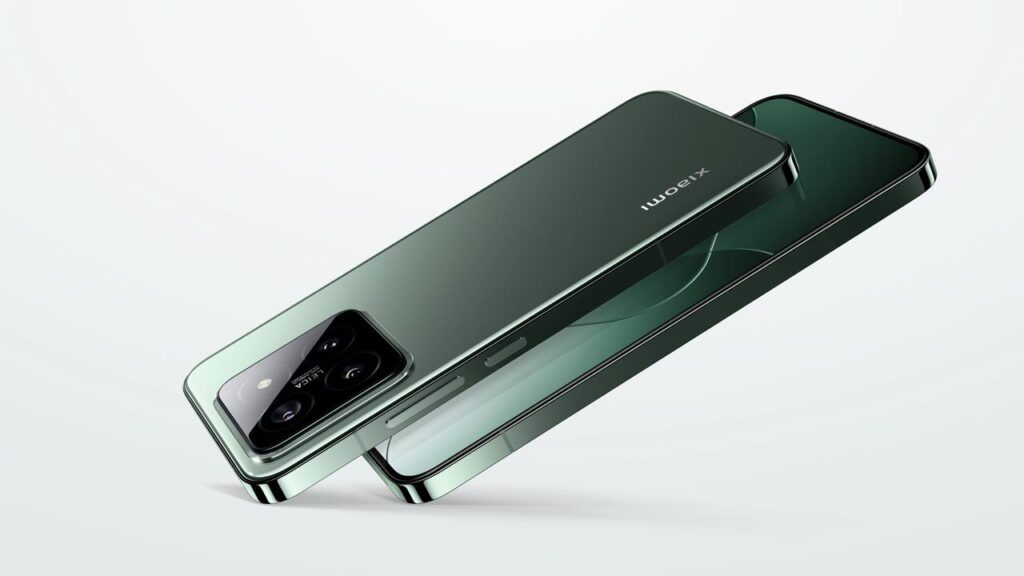
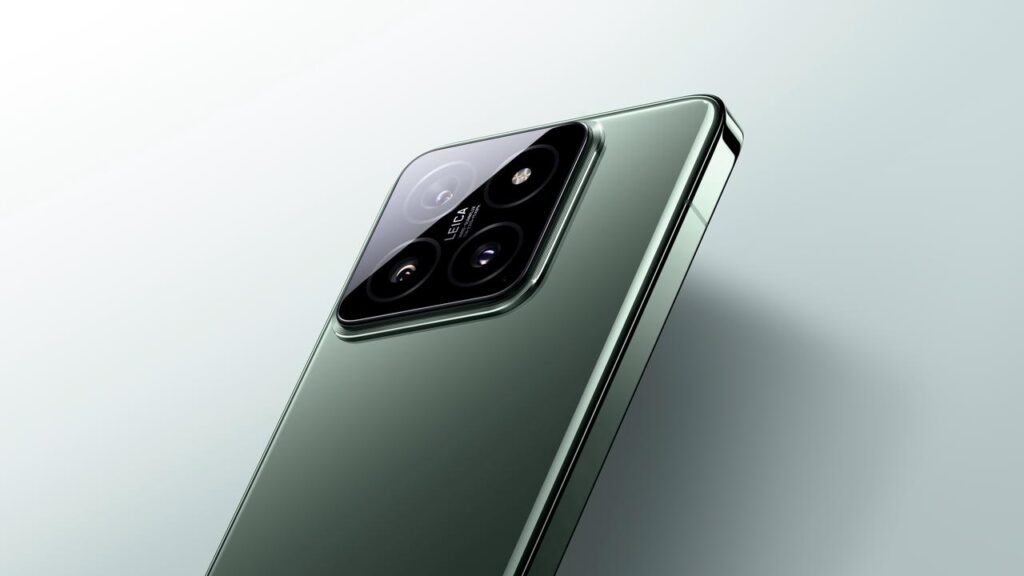
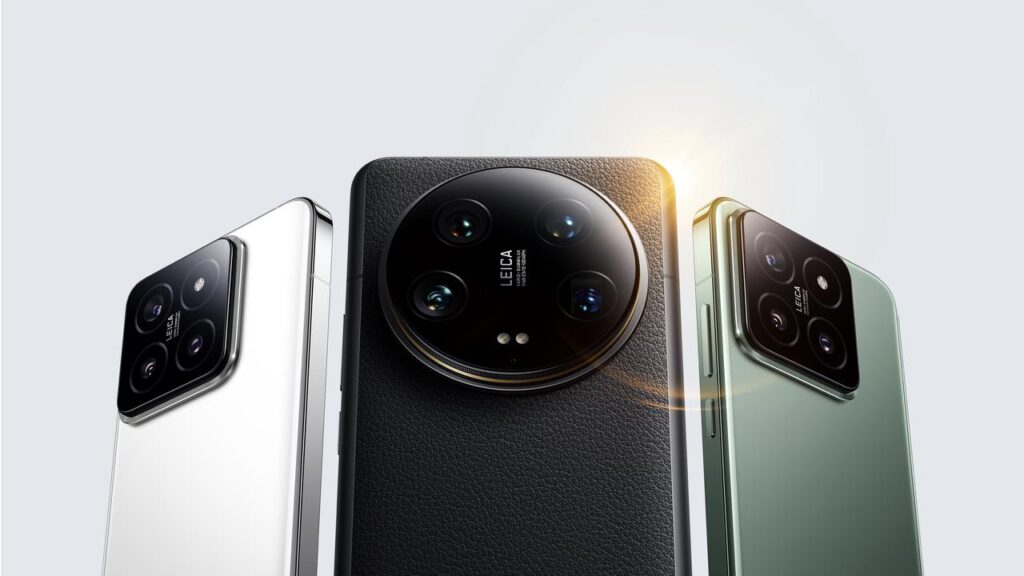
3 wearables and a high-end tablet
The Barcelona event was the occasion of to launch of the new smartwatches, Watch S3 and Watch 2. The former is made of aluminium alloy and features a 1.43-inch Amoled screen and interchangeable straps. Based on HyperOS, it promises a battery life of up to 15 days, with 48 hours of use ensured by 5 minutes of charging. The ability to perform tasks by moving the wrist, such as taking a photo or rejecting a call, is interesting. Still, the ability to make emergency calls via Bluetooth in case of need is also a commendable choice. It recognises 150 sports, monitors sleep, heart rate and stress and is on sale for €149.99.
The price rises to €199 for the Watch 2, which is based on WearOS and, therefore, comes with a series of preloaded Google apps. It weighs 37 grams, can last up to 65 hours before running out of battery, and has a remote camera function that allows you to see previews of shots taken with your smartphone. In addition to supporting 160 sporting activities, it records many performance parameters, and bespoke algorithms should ensure more accurate sleep monitoring.
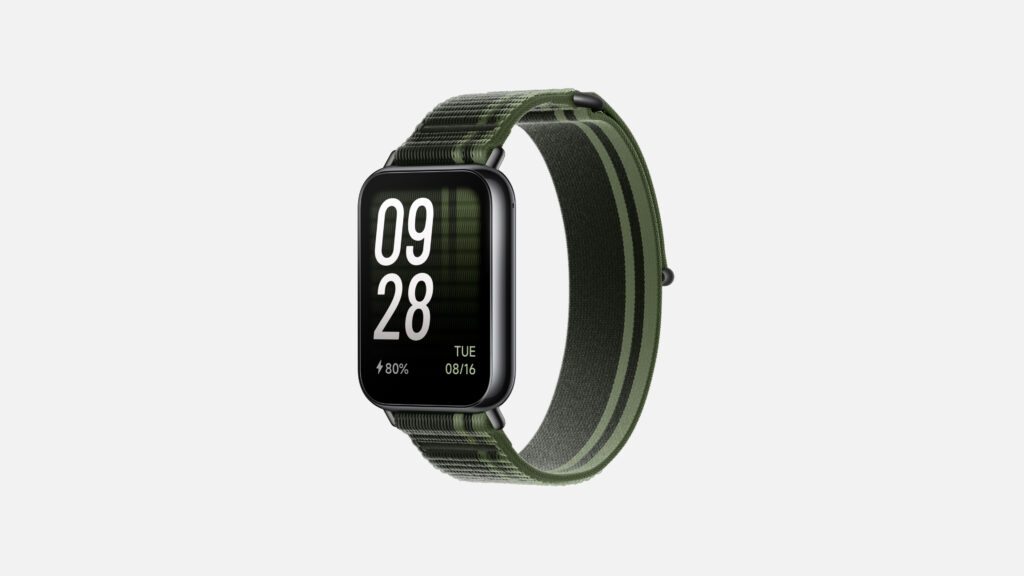
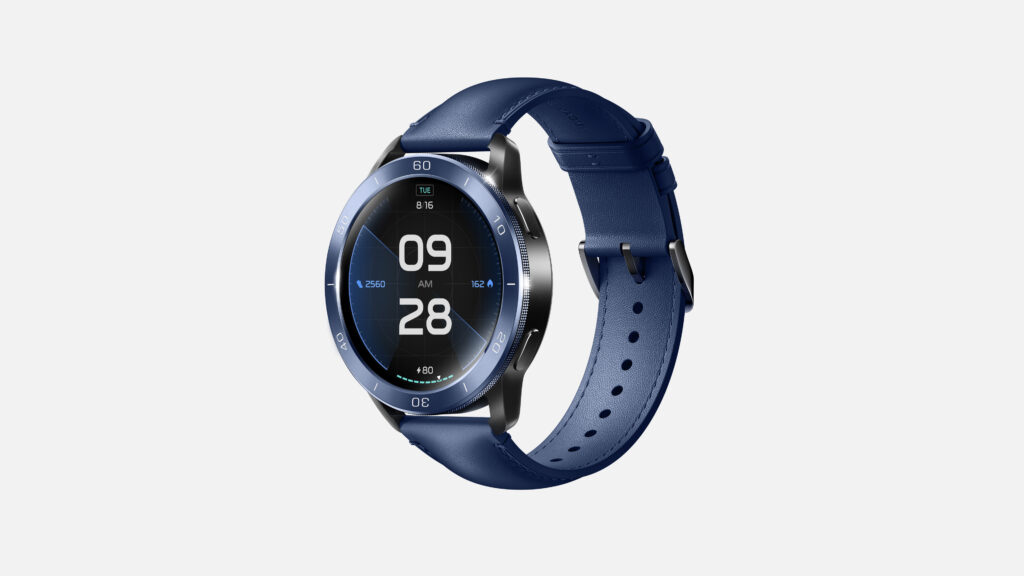
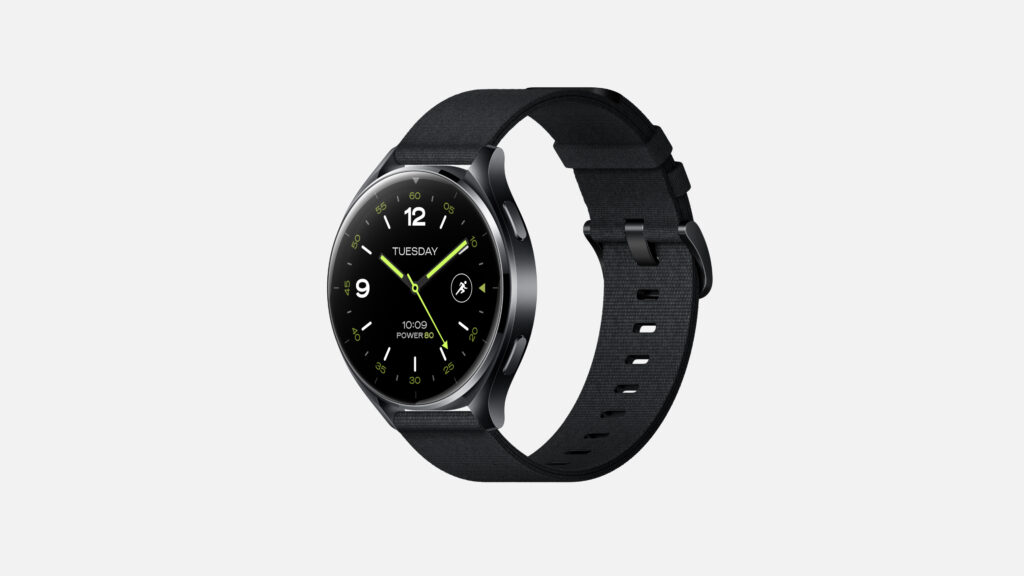
All-round progress characterises the Smart Band 8 Pro, the latest heir to a long, successful series of bands dedicated to sportsmen and women. It is 9.99 millimetres thick, weighs 22.5 grams and recognises 150 sports with specific activities for runners. It also offers advice on improving sleep and breathing and monitoring the menstrual cycle. At two weeks of use comes the autonomy of a product on sale for €79.99.
Finally, there is also the Xiaomi Pad 6s Pro, the tablet with a 12.4-inch LCD screen, 6 speakers, 10,000mAh battery with 120W HyperCharge fast charging system. It weighs less than 600 grams and is equipped with a dual camera, a 50MP sensor on the back and a 32MP front-facing camera. It arrives on European markets in two memory sizes: 6GB+256GB at €699.90 and the 12GB+256GB version for €799.90.
The first electric car to start a new era
It may seem strange to those who do not closely follow the hi-tech sector’s evolution, but smartphones were not Xiaomi’s trump card. The spotlight on the company’s stand at the Catalan fair was taken by SU7, the first electric car made by the Chinese, thanks to an investment of over 10 billion yuan (just under €1.3 billion) in research and development. That’s enough money for the 3,400 engineers involved in designing and building a car in 36 months, developing everything they needed in-house. The arrival of the SU7 marks a turning point in the company’s history, not only because Xiaomi has succeeded where Apple has failed, which has given up on the desired Cupertino-made car (but Huawei and Sony are in the game).
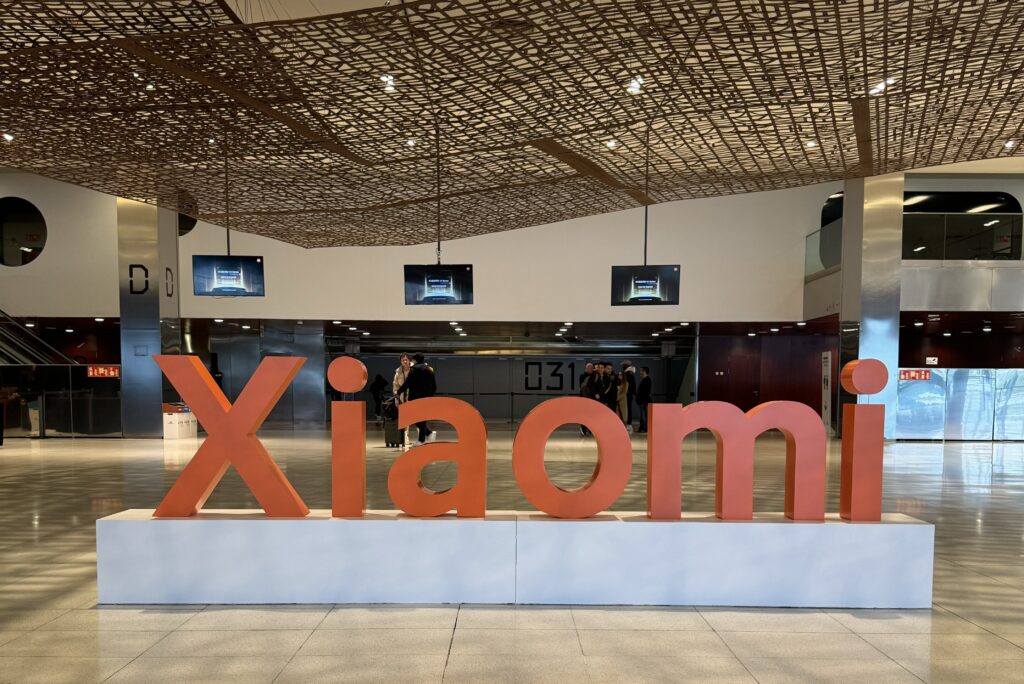
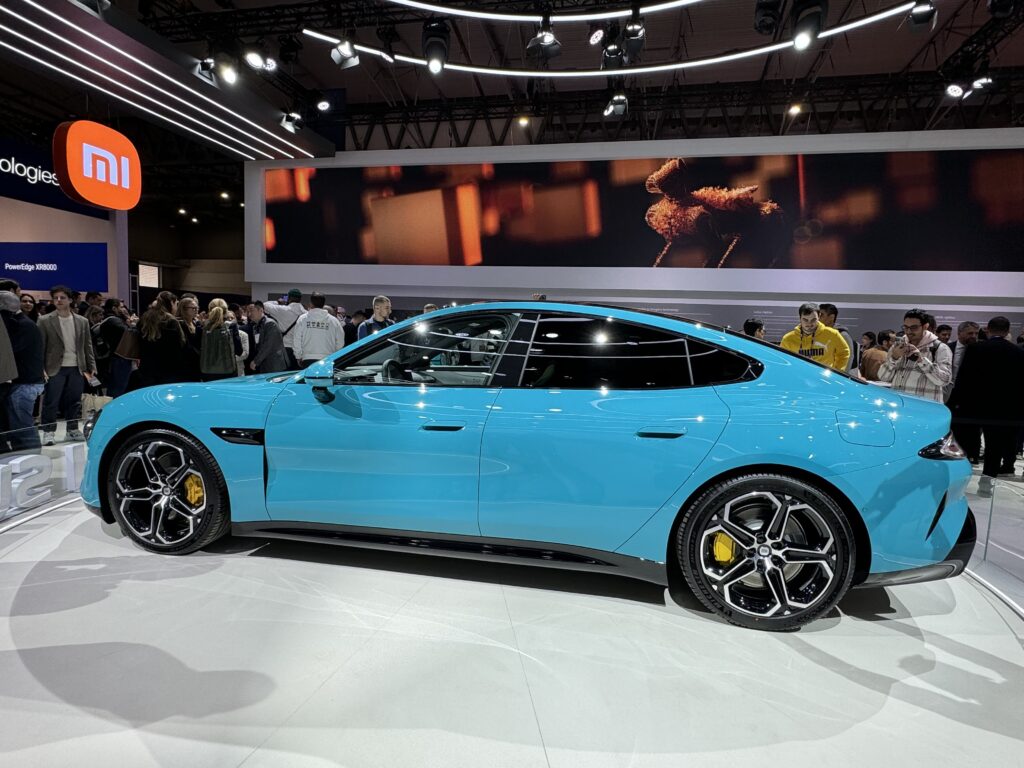
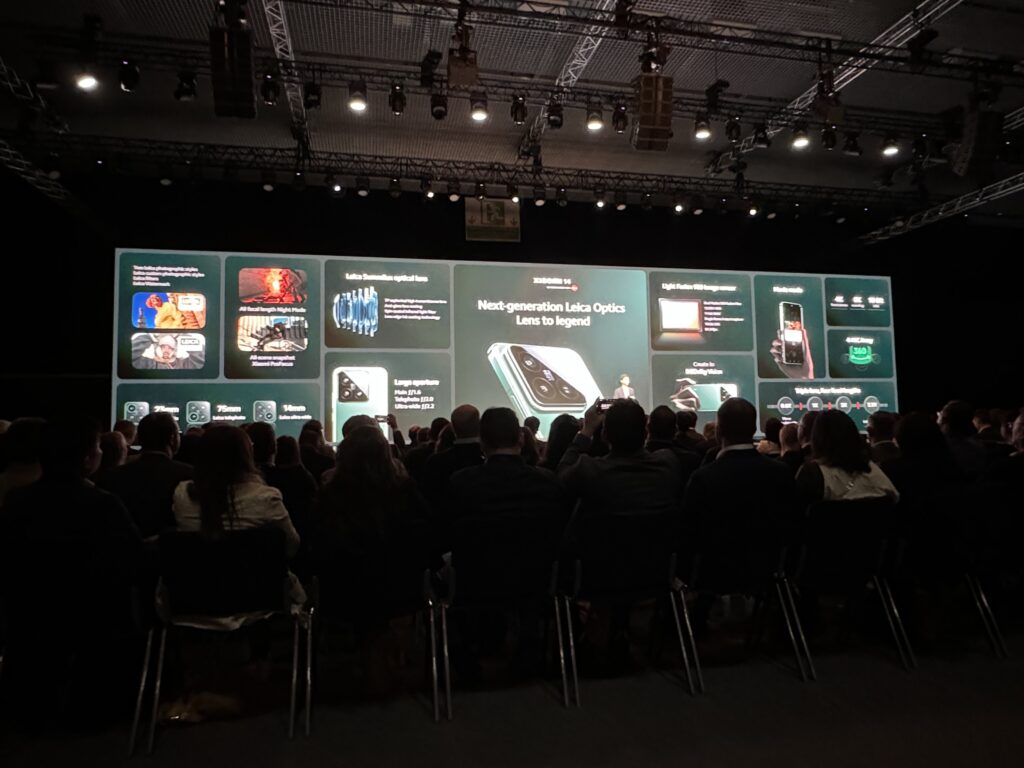
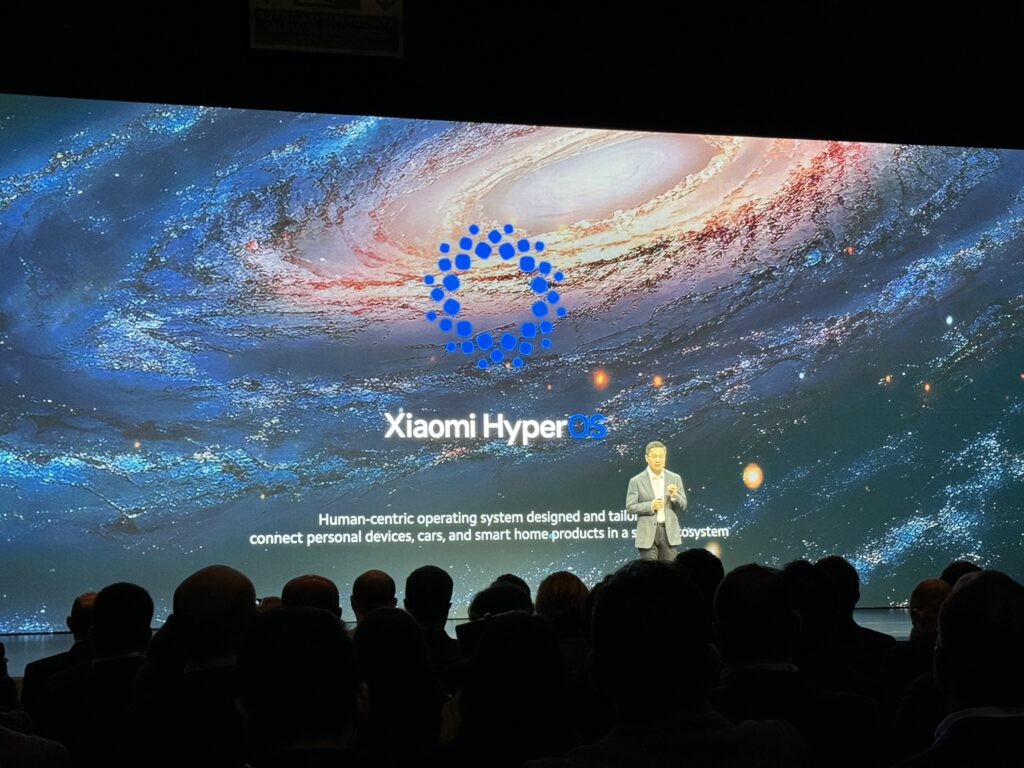
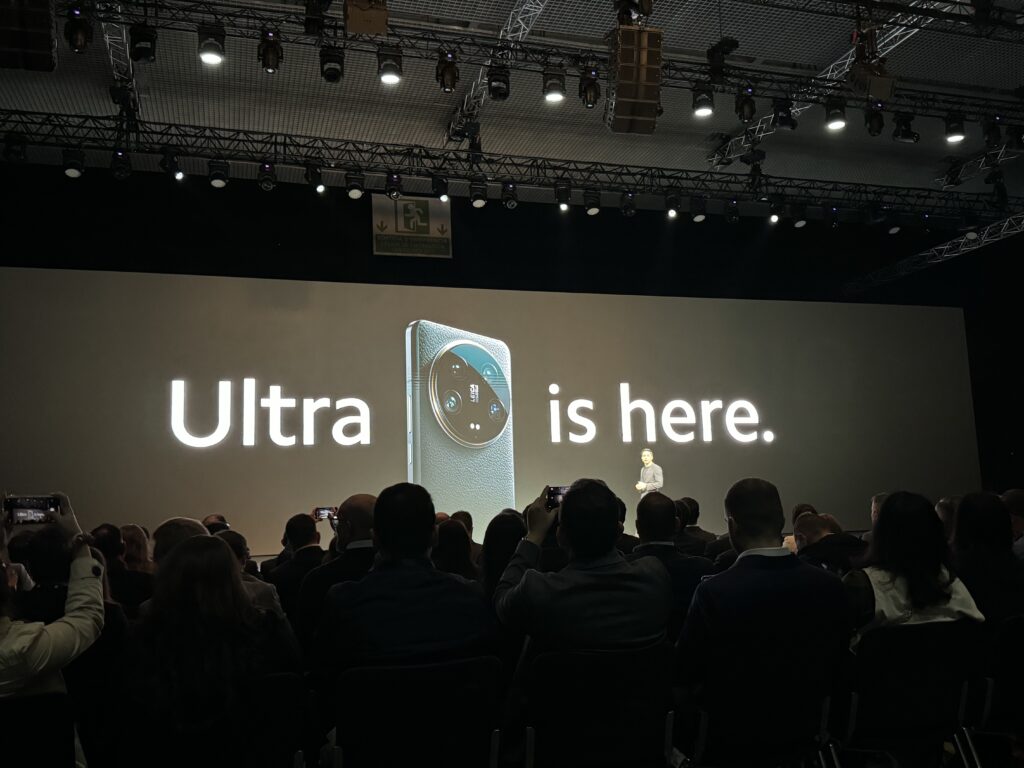
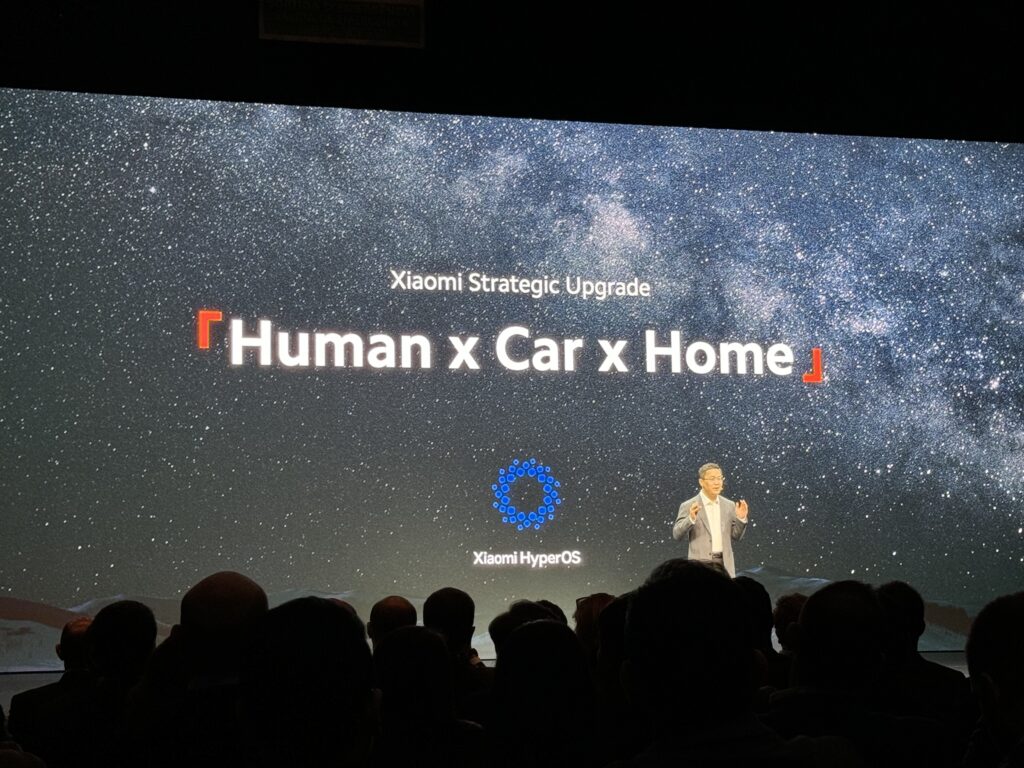
The step that takes the brand into a new era is the ‘Human x Car x Home‘ strategy, which rests on HyperOS and creates a single platform that combines everything Xiaomi produces: smartphones, home appliances, IoT devices, wearables and now cars. The idea is to put the user at the centre of the scene and use artificial intelligence to meet his or her needs, learning from tastes and habits while using each product category. As for the lines, the Max version of SU7 on show at Mobile World Congress takes up the style of the Porsche Taycan, reaches a top speed of 265 km/h, goes from 0 to 100 km/h in 2.78 seconds and has a range of around 800 km (to be verified later on the road) thanks to its 101 kW/h battery.


